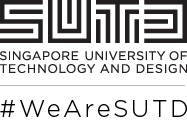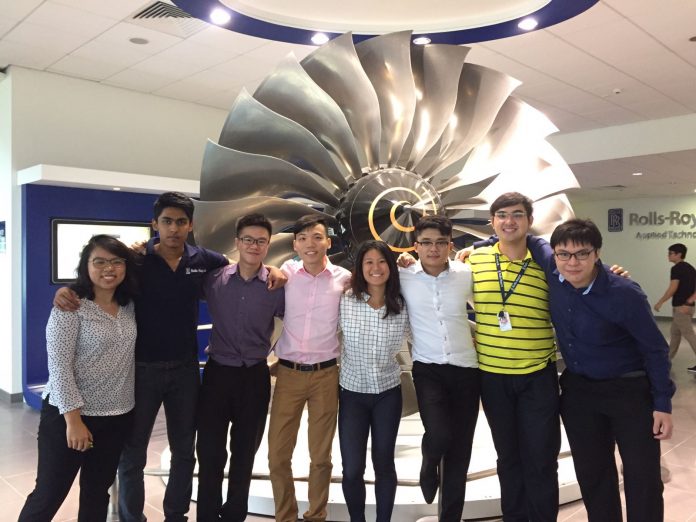This article first appeared in BTS Issue 1.
By Casandra Ong, Junior
Engineering Product Development

As part of the Rolls-Royce Electrical Capabilities Group (ECG), I was assigned to a project that studies systems that could be implemented in existing ships and other marine vessels to enable them for autonomous and unmanned voyages. The ECG focuses on research & development and the creation of innovative solutions for key Rolls-Royce business units, including marine and aerospace.
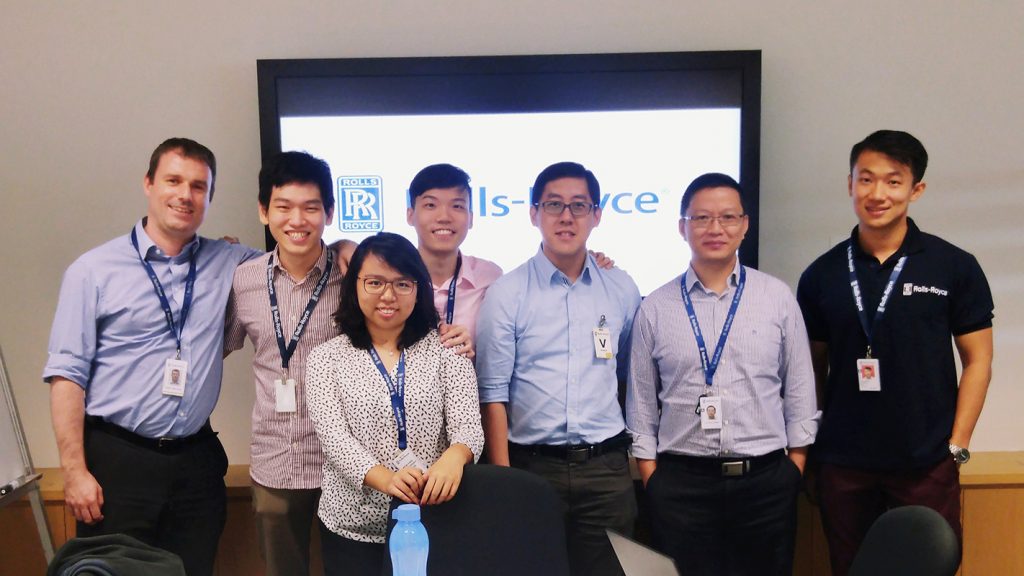
We were challenged to replace the offshore crew that maintains the vessel, and to find more accurate surveillance and cost efficient maintenance solutions. My colleague and I were tasked to research and generate concepts of robots that could manoeuvre
and monitor the whole ship. Instead of using traditional research methods, we decided to
tackle this from a design point of view. We planned to thoroughly analyse the engine room, so that we could identify the various obstacles that a moving mechanism would have to overcome, and thus, propose the best locomotive to achieve that motion. We proposed to make a physical model of an engine room, and although the team was initially doubtful about how useful this would be, we had support from our supervisor. Thankfully, our efforts paid off; the team were not only impressed with our fabrication skills, but also the analysis that came out of it.

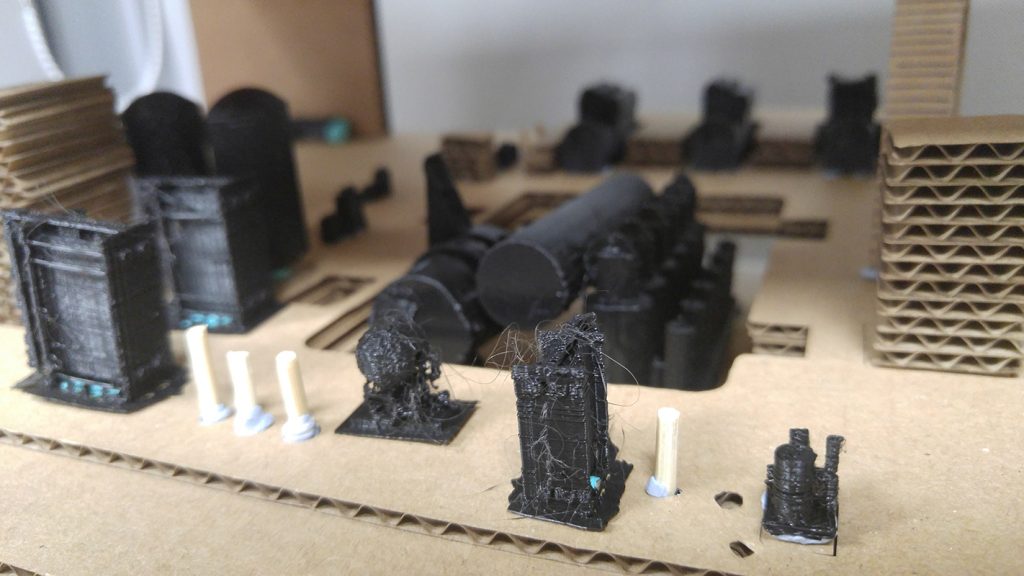
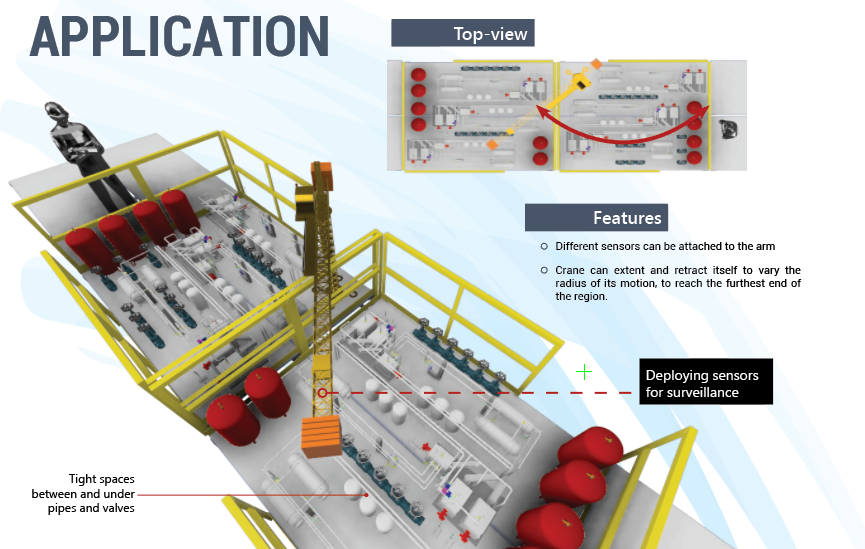
SUTD has taught me to be a confident problem-solver, who is passionate about going the distance to learn and innovate fresh solutions. I feel that this mindset had empowered me to take leadership in my work at Rolls-Royce.
For the latest news from SUTD Career Development Centre, visit
https://www.instagram.com/sutdcdc/
https://www.facebook.com/SUTDCDC/
